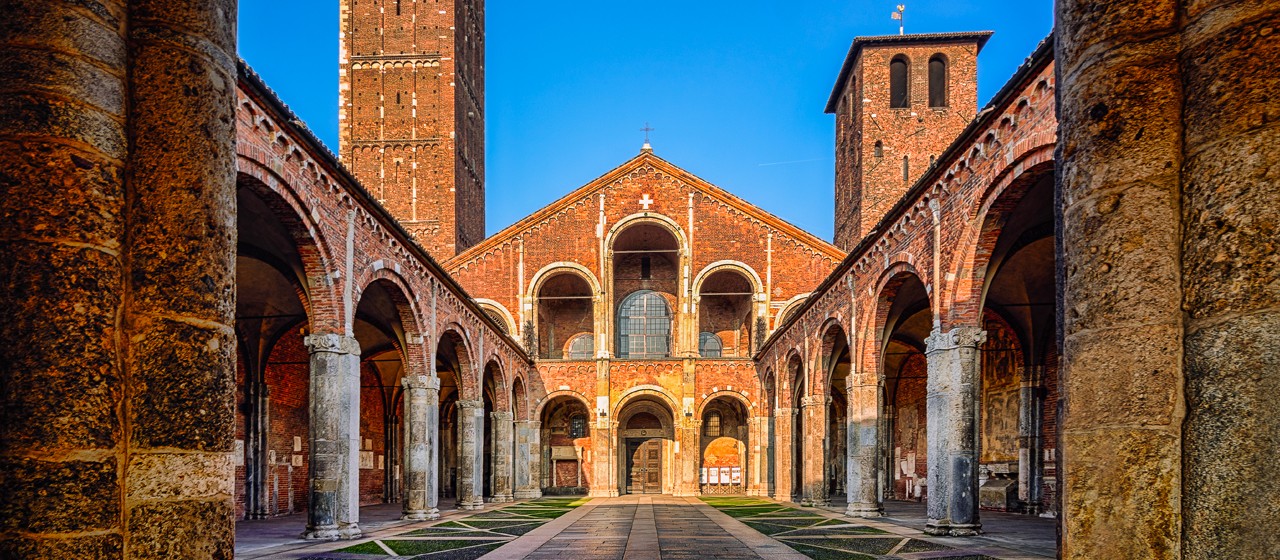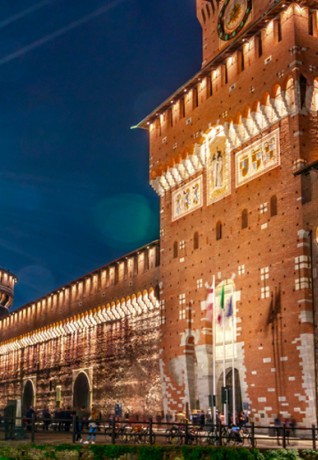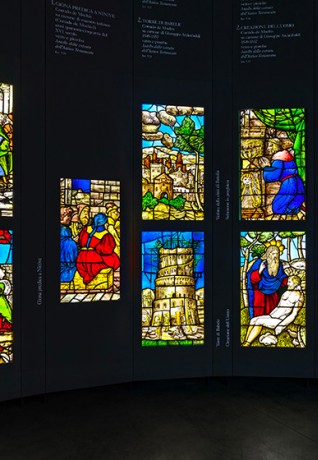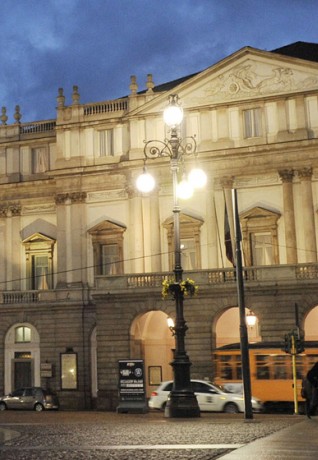Virtual visit to the Basilica of Sant'Ambrogio
Enter the Romanesque Basilica which houses the remains of the prominent Saint

Discover virtual tours of the city thanks to Milano 360° images: if you have not visited Milano yet, or if you have, and loved it so much that you would like to linger in its beauty all over again; or finally, if you just want to get to know the city better as you wait to book your trip. Enjoy the wonderful sensation of being right up close to the city's most beautiful spots.
Explore the St. Ambrose Basilica, dedicated to Milano’s Patron Saint. If you wish to discover more about the Basilica click here. As you wait to visit the church in person, feel free to explore it below.
All images are by Pietro Madaschi - www.360visio.it
The St. Ambrose Basilica - the cradle of history and spirituality in Milano - is one of the most important churches in the city and a paradigm of the Romanesque style.
Heartfelt popular devotion can be felt all around the Basilica, which has always been a destination for pilgrims and visitors.
The magnificent four-sided porticoed entrance, marked by columns with capitals carved in relief, prepare the visitor for the solemn church interiors. On the walls, collections of Roman remains found on the site where the Basilica was built.
Enter the Basilica and take the time to wander around the aisles admiring the Romanesque semi-circular arches and the vaults typical of this style. Above the aisles, you may observe the women’s galleries.
At the far end of the interior finally, the magnificent golden altar and the mosaic decorating the domed apse.
Looking back towards the entrance, observe a column placed on the right, topped with a sinuous bronze snake: legend claims it was forged in the desert by Moses to defend his people from the reptile’s bite. Indeed, it was believed that simply looking at this sculpture could cure the faithful from a number of ailments.
Even in a virtual visit, the precious Golden Altar by the master goldsmith Volvinius (835 AD) is definitely the Basilica’s highlight, with its intricate scenes from the life of Christ on the front and stunning images of the life of St. Ambrose on the rear.
It is a globally acclaimed masterpiece of goldsmith craftsmanship, a unique artefact of inestimable value, preserved under the ciborium, the stone canopy supported by four columns in red porphyry.
The choir is situated to the rear of the altar, a place of prayer for the community of monks who lived in the cloisters - now a part of Università Cattolica del Sacro Cuore, which extends behind the Basilica. Another community - the canons - once occupied the cloister to the left of the Basilica. Hence, the two bell towers, representing the two communities.
From here, the rear of the golden altar can be seen, with the section dedicated to the life of St. Ambrose, an inspiration for the consecrated who sat here during the liturgy.
Looking upwards, admire the ornate apse mosaic depicting the Redeemer between Saints Gervasius and Protasius. The bodies of the two holy martyrs are placed beneath the altar, next to the body of Sant'Ambrogio.
Now descend into the crypt, through the two steep stairways at the sides of the altar. It is a solemn underground space with a typically low ceiling, exhibiting a glass coffin containing the bodily remains of the venerated Ambrose and those of Gervasius and Protasius.
The remains of the Saints lie right under the golden altar, which has a rear door specifically designed to enable the celebrant to reflect upon the mortal relics of the Saints during liturgical celebrations.
The chapel of San Vittore in Ciel d’Oro certainly deserves a visit: the small trapezoidal room with a crypt was originally independent of the Basilica, closed by an apse.
It takes its name from the golden tesserae of the vaulted ceiling and boasts the oldest-known depiction of Bishop Ambrose, whose face is realistically represented despite the complexity of the mosaic technique.
The bust of St. Victor is depicted with gold tesserae in the highest part of the dome with the jewelled crown of martyrs placed on his head.

 Log in
Log in


